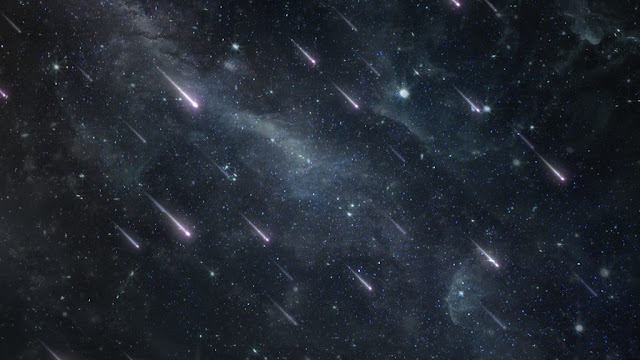Fall has arrived, and the night sky is becoming increasingly crowded as the Orionid meteor shower begins.
Every year, the shower happens throughout the fall season, peaking in the third week of October.
When the shower is at its peak in the third week of October, spectators can see roughly 15 meteors per hour on average under a dark sky.
According to WKBN, the meteors are travelling at 41 miles per second. They enter the Earth's atmosphere at a speed of roughly 148,000 miles per hour, comparable to a rocket.
Orionids Meteor Shower: Best Time to Watch and More
NASA said the best time to watch the Orionid meteor shower is in late September or early October, which lasts until early November. Every year, a large number of skywatchers across the world may see the Halley Comet’s trail as it passes by the earth and is visible to the human eye every 75 years.
According to NASA, the moon will be in a New Moon phase by October 25. This phase is dull, allowing more cosmic objects to shine through the night, making this year’s Orionid meteor shower exciting.
The Orionid meteor shower, which may produce up to 20 meteors per hour in a clear, dark sky, is one of the brightest meteor showers recognized by NASA annually.
(Photo: DANIEL REINHARDT/dpa/AFP via Getty Images)TOPSHOT – The milky way and meteors of the April Lyrids annual meteor shower are seen in the night sky over Burg Auf Fehmarn on the Baltic Sea island of Fehmarn, northern Germany, on April 20, 2018.
The climax for this year would be on Thursday night, October 20, and individuals could witness its full onslaught throughout that day, according to Digital Trends. However, the Orionids won’t be visible for another full year because the light show started on October 2 last year and will remain until early November.
In the Northern hemisphere, gazing southeast is the ideal direction to scan the night sky for the Orionid constellation. The Orionids would be anticipated in the Northeast for people in the Southern zone.
Other Meteor Showers in October
Before transitioning into the Orionid meteor shower, Popular Mechanics suggests checking out the Draconid meteor shower.
Due to the dust from comet 21P Giacobini-Zinner, spotted for the first time around 1900, the Draconids are a tiny shower that produces only a dozen meteors every hour.
There is a higher likelihood that you will be awake to see a shooting star at the Draconids shower’s peak, the most active and finest viewing time, which occurs during the evening rather than the morning. The Draconids occasionally awaken and blast away more meteors per hour than planned.
The peak viewing will be on October 8, even though there will be a lot of moonlight because the event only lasts from October 6 to 10. Another rather robust meteor shower season begins with this shower.















No comments